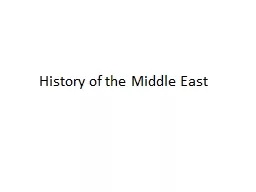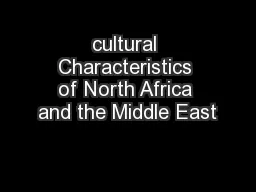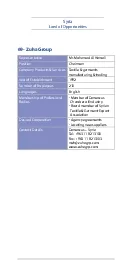PPT-Syria and Palestine Near East 1200-745 BC
Author : jane-oiler | Published Date : 2018-10-20
Summary and Interconnections Babylon 18001600 BC Controlled Assyria Kassite Babylon 16001200 BC Controlled Assyria until 1365 when Assyria gained some independence
Presentation Embed Code
Download Presentation
Download Presentation The PPT/PDF document "Syria and Palestine Near East 1200-745 B..." is the property of its rightful owner. Permission is granted to download and print the materials on this website for personal, non-commercial use only, and to display it on your personal computer provided you do not modify the materials and that you retain all copyright notices contained in the materials. By downloading content from our website, you accept the terms of this agreement.
Syria and Palestine Near East 1200-745 BC: Transcript
Download Rules Of Document
"Syria and Palestine Near East 1200-745 BC"The content belongs to its owner. You may download and print it for personal use, without modification, and keep all copyright notices. By downloading, you agree to these terms.
Related Documents














